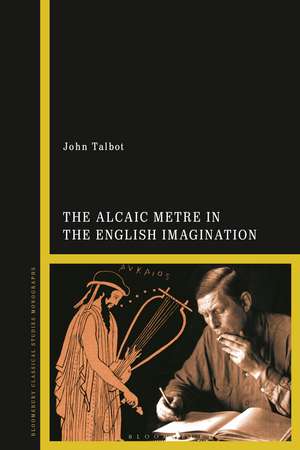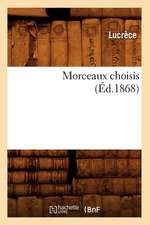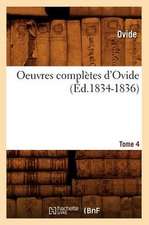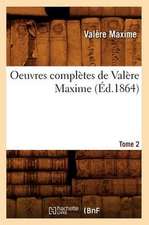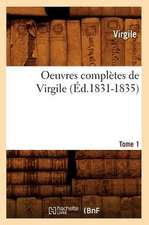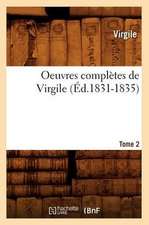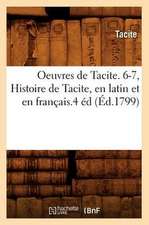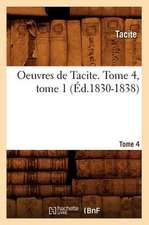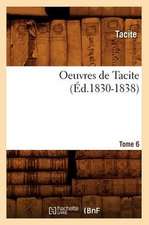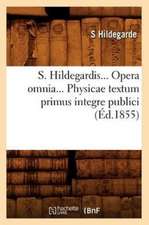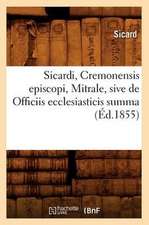The Alcaic Metre in the English Imagination
Autor Dr John Talboten Limba Engleză Paperback – 24 ian 2024
| Toate formatele și edițiile | Preț | Express |
|---|---|---|
| Paperback (1) | 191.31 lei 6-8 săpt. | |
| Bloomsbury Publishing – 24 ian 2024 | 191.31 lei 6-8 săpt. | |
| Hardback (1) | 539.73 lei 6-8 săpt. | +114.97 lei 7-13 zile |
| Bloomsbury Publishing – 13 iul 2022 | 539.73 lei 6-8 săpt. | +114.97 lei 7-13 zile |
Preț: 191.31 lei
Preț vechi: 249.34 lei
-23% Nou
36.61€ • 37.99$ • 30.60£
Carte tipărită la comandă
Livrare economică 15-29 martie
Specificații
ISBN-10: 135023253X
Pagini: 236
Dimensiuni: 156 x 234 x 25 mm
Greutate: 0.34 kg
Editura: Bloomsbury Publishing
Colecția Bloomsbury Academic
Locul publicării:London, United Kingdom
Caracteristici
Notă biografică
Cuprins
Recenzii
Descriere
This book reveals how a remarkable ancient Greek and Latin poetic form -- the alcaic metre -- found its way into English poetry, and continues shaping the imagination of poets today. English poets have always admired the extraordinary beauty and intricacy of the alcaic stanza (Tennyson called it 'the grandest of all measures') and their inventive responses to the ancient alcaic have generated remarkable innovations in the rhythms, sounds and shapes of modern poetry. This is the first book-length study of this neglected strand of English literary history and classical reception.
Attending closely to the rhythm and texture of their verses, John Talbot reveals surprising connections between English poets across five centuries, among them Mary Shelley, Milton, Marvell, Tennyson, Edward FitzGerald, Wilfred Owen, W. H. Auden and Donald Hall. He gives special attention to a flourishing of English alcaics during the late twentieth and twenty-first centuries, and what it suggests about the changing place of classics and poetic form in contemporary culture.
